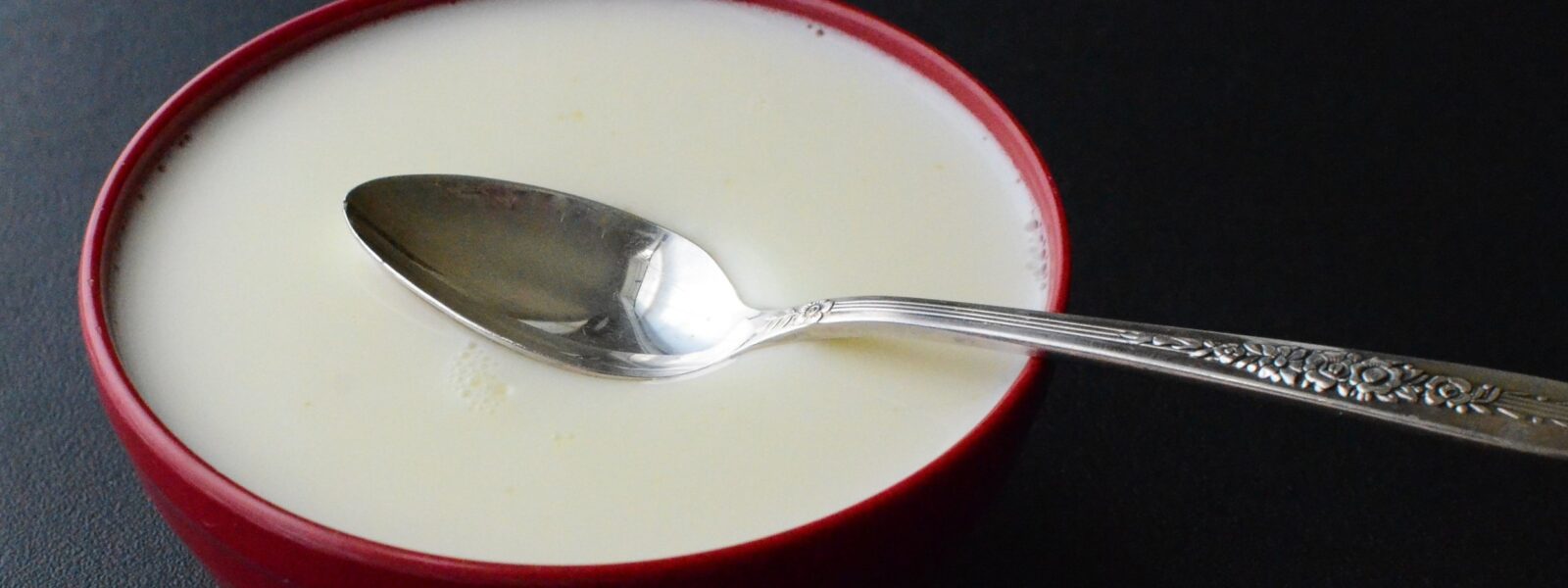Yak Milk Recipes from Ladakh, nestled in the high-altitude region of the Himalayas, highlight not only the region’s breathtaking landscapes but also its unique culinary heritage. At the heart of this heritage is yak milk, a nutrient-rich dairy product that has been part of Ladakhi culture for centuries. In this blog, we’ll uncover Ladakh’s secret yak milk recipes, their cultural significance, and how they contribute to the region’s sustainable farming practices. These recipes are not just about food; they are a connection to the history, traditions, and livelihood of Ladakh’s highland communities.
The Cultural Significance of Yak Milk in Ladakh
In Ladakh, yak milk is much more than a source of nourishment—it’s a symbol of the region’s connection to nature and sustainability. Yaks, resilient animals adapted to high-altitude, cold environments, provide vital resources such as milk, butter, and cheese. These dairy products form the basis of many traditional dishes and are an integral part of religious rituals and celebrations.
Yak milk holds a unique place in Ladakh’s food traditions, with its rich, creamy texture and high nutritional value. This dairy product helps sustain families living in remote, challenging environments. It is no surprise that many of Ladakh’s festivals and communal events feature yak milk as a central component.
Yak Farming and Its Role in Sustainable Highland Living
Yak farming is crucial for the sustainability of Ladakh’s highland communities. The animals are well-suited to the region’s harsh environment, thriving at altitudes of 3,000 meters and above. They provide milk, butter, and cheese, which are used to make various traditional foods. Sustainable yak farming is a vital part of Ladakh’s self-sufficient agricultural practices, with local farmers carefully managing yak herds to ensure the longevity of this tradition.
Farmers depend on the yaks for survival, utilizing not only their milk but also their wool for clothing and manure for fuel. The close relationship between the Ladakhi people and their yaks is a testament to the resilience of both the animals and the people in this high-altitude region.
Traditional Yak Milk Products in Ladakhi Cuisine
Ladakhi cuisine is rich with traditional yak milk products, many of which have been passed down through generations. These products, such as butter, yogurt, and cheese, not only sustain the people of Ladakh but also offer a taste of the region’s unique highland culture.
How to Make Authentic Ladakhi Yak Butter Tea (Po Cha)
One of the most famous traditional yak milk recipes is yak butter tea, known locally as Po Cha. This tea is not just a drink but a staple food in Ladakh and Tibet. It provides warmth and energy to combat the cold, harsh climate. Rich in fats and nutrients, yak butter tea is consumed throughout the day by locals.

Yak Butter Tea Recipe
| Ingredients | Quantity |
|---|---|
| Water | 4 cups |
| Black tea leaves | 2 tablespoons |
| Yak butter | 2 tablespoons |
| Salt | 1/2 teaspoon |
| Yak milk (or cow milk) | 1/2 cup |
1. Boil the water and add the tea leaves. Let it simmer for 10 minutes.
2. Strain the tea leaves and return the liquid to the pot.
3. Add yak butter, salt, and yak milk, and whisk until it becomes creamy.
4. Serve hot, preferably in traditional Ladakhi wooden cups.
Yak butter tea is highly nutritious, offering a boost of calories and warmth, essential for surviving in Ladakh’s cold environment. It is common to see yak butter tea served during festivals, ceremonies, and as a daily refreshment in Ladakhi homes.
Chhurpi: The Iconic Yak Milk Cheese of Ladakh
Another well-known product is Chhurpi, a hard cheese made from yak milk. It’s a Himalayan specialty, known for its tough texture and long shelf life. Chhurpi is often chewed like gum, taking hours to soften, and is an excellent source of protein and calcium for the highland communities.
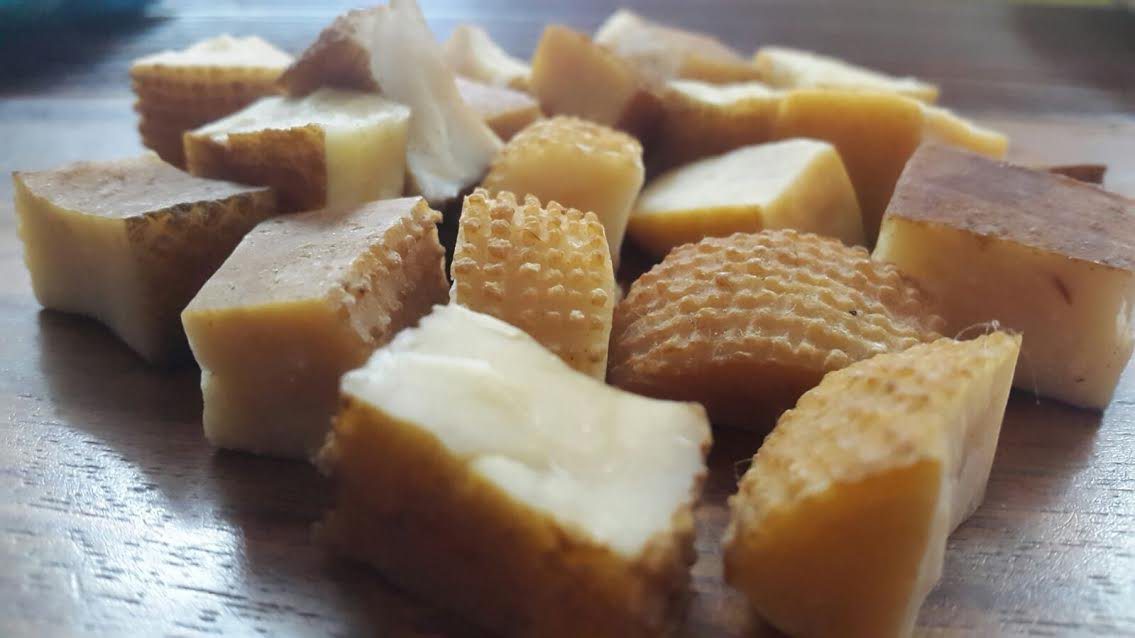
How Chhurpi Is Made:
1. Yak milk is boiled and cooled.
2. A natural souring agent (like buttermilk) is added to curdle the milk.
3. The curd is then strained and pressed to remove excess whey.
4. The resulting cheese is left to harden and can be stored for months.
Chhurpi plays an essential role in Ladakhi diets, providing a long-lasting source of protein, especially in winter when other food sources are scarce. It is often paired with dried vegetables or mixed into stews.
Yak Milk Yogurt: A High-Altitude Dairy Staple
Yak milk yogurt, or “zho” as it’s known locally, is a daily staple in Ladakh. Known for its probiotic properties, yak milk yogurt helps support gut health and digestion, especially in high-altitude areas where dietary options are limited. Making yogurt from yak milk is a simple process, but it requires time and patience.
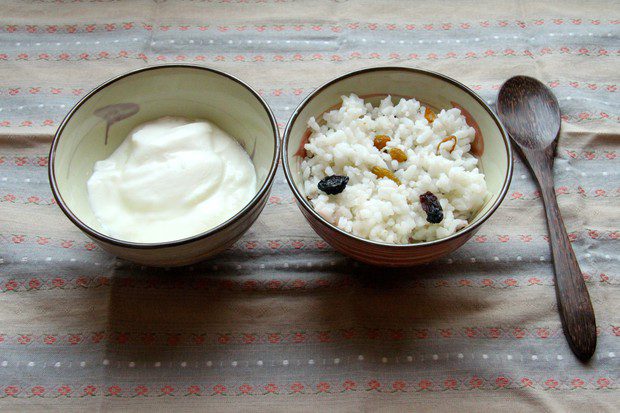
How to Make Yak Milk Yogurt:
1. Boil yak milk and let it cool slightly.
2. Add a spoonful of existing yogurt as a starter culture.
3. Let it ferment in a warm place for 6-8 hours until it thickens.
4. Serve with a sprinkle of sugar or honey for a delicious treat.
Yak milk yogurt is more concentrated than cow’s milk yogurt, making it creamier and richer. It’s a regular part of breakfast in Ladakhi households and often consumed alongside traditional flatbreads.
Health Benefits of Yak Milk: A Himalayan Superfood
Yak milk is a nutrient powerhouse, containing higher levels of fat, protein, and minerals than cow’s milk. It is especially beneficial for people living at high altitudes where energy requirements are greater due to the harsh weather and limited access to fresh produce.
Nutritional Comparison: Yak Milk vs. Cow Milk
| Nutrient | Yak Milk (per 100g) | Cow Milk (per 100g) |
|---|---|---|
| Fat | 6.5g | 3.9g |
| Protein | 5.3g | 3.2g |
| Calcium | 120mg | 113mg |
| Vitamin A | 180µg | 58µg |
Yak milk contains more calories and fat than cow’s milk, making it a vital source of energy in the highlands. The higher fat content also gives it a creamy texture, perfect for making rich dairy products like butter, yogurt, and cheese.
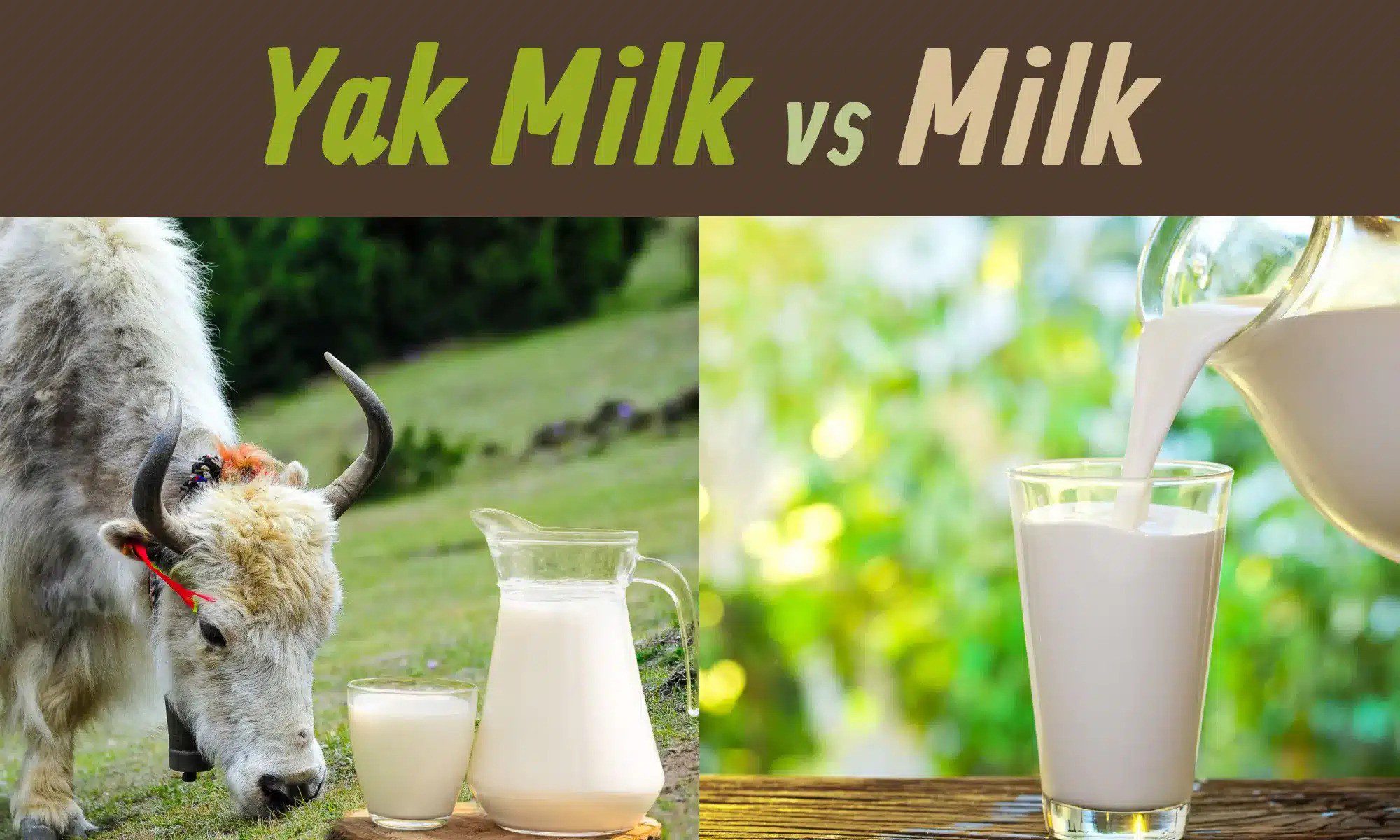
How Yak Milk Supports Immunity in High-Altitude Regions
Yak milk is packed with antioxidants, fatty acids, and vitamins that strengthen the immune system, which is crucial in Ladakh’s extreme conditions. The high levels of Omega-3 fatty acids found in yak milk help reduce inflammation, while its natural probiotic content supports gut health and digestion. These factors make it an essential part of the diet for the highland communities.
Fermented Yak Milk Beverages: A Ladakhi Tradition
Fermented yak milk drinks are a vital part of Ladakh’s traditional diet. The fermentation process not only preserves the milk but also enhances its nutritional value by introducing beneficial bacteria. These drinks are often consumed for their probiotic benefits, aiding digestion and providing essential nutrients in the high-altitude climate.
The Art of Making Yak Milk Arak: Ladakhi Fermented Drink
Yak milk arak is a lightly alcoholic beverage made by fermenting yak milk. It’s a popular drink in Ladakh, especially during festivals and communal gatherings. Arak provides warmth and energy, essential for Ladakh’s cold climate.
How to Make Yak Milk Arak:
1. Ferment fresh yak milk in a warm place for 3-5 days.
2. Once the milk has soured, distill it to create the alcoholic drink.
3. Serve warm, often flavored with spices like cinnamon or cardamom.
Arak is not just a drink; it’s a tradition, passed down through generations. Its slight alcohol content provides warmth in the cold mountain environment and is often shared among friends and family during special occasions.
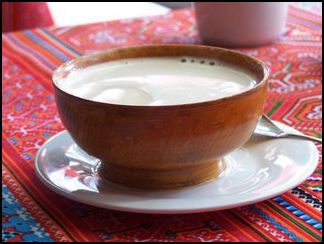
Delicious Yak Milk Desserts: Sweet Delights from the Highlands
Yak milk is also used to make a variety of delicious Ladakhi desserts. These sweets are unique to the region, blending rich yak milk with local ingredients to create indulgent treats.
How to Make Ladakhi Yak Milk Pudding
One of the most popular yak milk desserts is yak milk pudding. Rich, creamy, and mildly sweet, it is a favorite among locals and tourists alike.
Yak Milk Pudding Recipe:
| Ingredients | Quantity |
|---|---|
| Yak milk | 2 cups |
| Sugar | 1/4 cup |
| Cardamom powder | 1 teaspoon |
| Rice flour | 2 tablespoons |
| Saffron strands (optional) | A pinch |
1. Heat the yak milk in a pan and add sugar.
2. Stir in the rice flour to thicken the milk.
3. Add cardamom powder and saffron for flavor.
4. Let it cool before serving.
This pudding is a perfect balance of creaminess and sweetness, making it an ideal dessert to end a Ladakhi meal.

Conclusion: Preserving Ladakh’s Yak Milk Heritage
The traditional yak milk recipes of Ladakh offer a window into the rich culinary and cultural history of the region. From yak butter tea to chhurpi cheese, these dairy delights are not only delicious but also deeply rooted in Ladakh’s sustainable farming practices. As modern influences enter the region, it is more important than ever to preserve these traditions and the yaks that make them possible. By exploring these recipes, you can experience a taste of Ladakh’s highland culture while helping to keep its heritage alive.
Q&A: Frequently Asked Questions About Yak Milk Recipes in Ladakh
Q1: What are the health benefits of yak milk?
A: Yak milk is rich in fat, protein, vitamins, and Omega-3 fatty acids, making it a great source of energy and immune support, especially in high-altitude regions like Ladakh.
Q2: Can yak milk be used as a substitute for cow milk?
A: Yes, yak milk can be used as a substitute for cow milk in most recipes. However, yak milk is richer and creamier, so it may result in a thicker texture in dishes like yogurt and pudding.
Q3: Is yak milk available outside of Ladakh?
A: Yak milk is primarily found in high-altitude regions like Ladakh, Tibet, and Mongolia. It is not widely available outside these areas, though some specialty stores may carry yak milk products.
Q4: How does yak butter tea taste?
A: Yak butter tea has a salty, creamy flavor. It is not sweet like regular tea and is known for its rich, savory taste.
Q5: How long does yak cheese (Chhurpi) last?
A: Chhurpi can last for months when properly dried and stored. Its hard texture makes it highly durable and a reliable source of protein for the winter months.
Q6: Is yak milk used in skincare products?
A: Yes, yak milk is sometimes used in traditional skincare products because of its moisturizing and nourishing properties.

